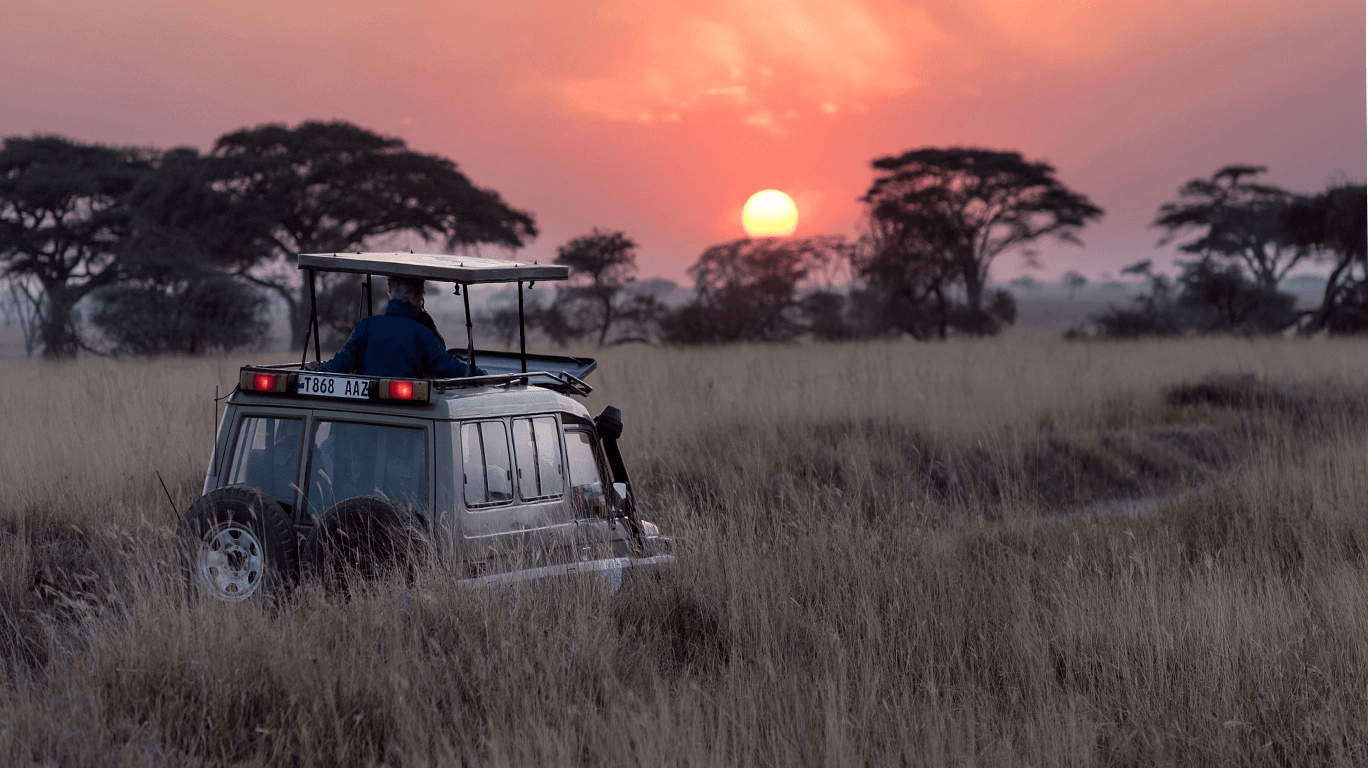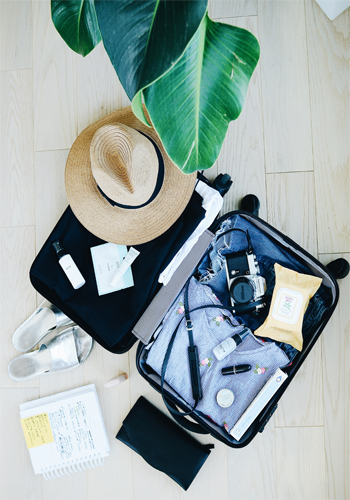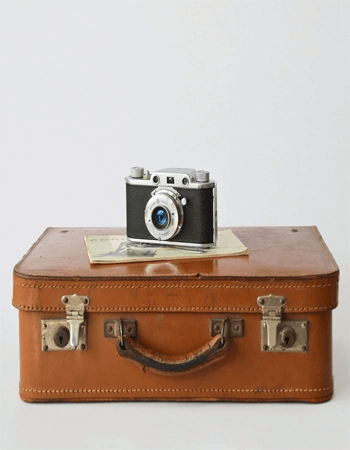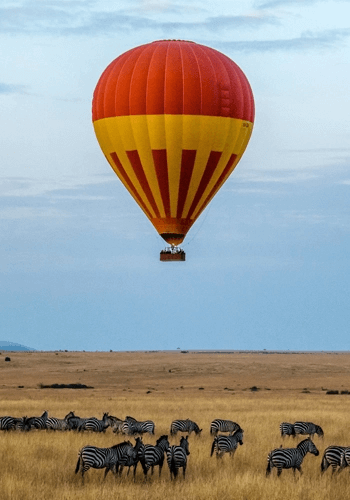


You’re going for the trip of a lifetime! You’re heading to the African savannah - your flights are booked, your schedule is planned and the next big question is - what do you pack for the safari adventure?
Packing for an African safari is vastly different from packing for any other trip you may take. So here’s a list we’ve prepared to help you sort of what you need and what you do not need to pack for your dream holiday!
Luggage and baggage requirements
Even though a big jet-liner may carry you to Africa, once you’re there, you’ll likely be arriving at the safari destinations in small planes which have strict weight limits - 15kgs (or ~33lbs). There are slight variations from country to country, but the general rule in East Africa is this: two bags per person (including one carry-on) and not more than 15kgs between the two. As wheeled luggage is not a realistic option (wheels add to luggage weight), light hiking backpacks and rugged duffel bags are it.
Pro-Tip: Make sure to carry a second duffle bag to ensure enough room to bring home memorabilia on the way back!
What clothing to pack?
You’re going to spend large amounts of time on game drives and that means, in terms of clothing, comfort should take priority over everything else. Different weather conditions across the year means needing about three to four outfits than can be mixed and matched to suit outdoor conditions. It’s not a fashion show - think functional clothing! In terms of a list, these should do:
Muted tones are your friends on the safari - bright colours draw reactions from wildlife. Layering is key - you want to be able to shed and don layers as per the weather conditions and lastly, waterproof and quick-drying clothes are best for all times, especially for the wet seasons. Biting insects like tse-tse flies are attracted to striped patterns of royal blue/black, so don't wear this combination if possible.

First-aid and toiletries
You’re going to be staying in an African bush that might be a little away from the nearest town. It’s advisable to pack yourself a first aid kit with medications you might need like aspirin, cold medicine, antihistamines, bandaids, antacids, cough drops, antibiotic ointments and other generic medicines.
Apart from your regular toiletries, be sure to pack sunscreen (you’ll want at least SPF 20 to be safe) and an insect repellent, though a lot of lodges may also provide it to you.
Don’t forget face masks and hand sanitizers!
Technical gear
What else do you need on a safari? Here’s our list of things that are ‘must-haves’ on a safari! Reference Book: A great reference book providing a comprehensive list of different species frequently seen on a safar
Camera Gear: A good camera is imperative! Remember to carry memory cards, spare batteries, chargers and a small flashlight - you can put all of this in a camera bag (preferably not blue or black). Also, an air blower for the camera (to remove dust) is ideal. Multi-plug adaptor: Given the accessories, a multi-plug adaptor will help. Though camps do provide an outlet for charging batteries, it’s not enough for all the devices you’ll have
Binoculars: Everyone should bring their own binoculars in order to get the most out of the safari. 8x40/8x42 is the recommended general purpose binocular specification for both birding and mammal viewing Last but not the least, a travel adapter
Pro-Tip: We recommend a travel diary or journal. Over a very short period of time, you will see and experience so much that you’ll want to capture it in more ways than a photograph. The only way to maintain this, and it will require discipline, is to write it down. It’ll serve as an invaluable record for your African adventure!
What not to carry
You’re now ready to start packing for the African safari!
At , we work with trusted partners in Africa. If you need any information or want to go ahead and embark on an African adventure, reach out to us and we can help you plan a life-changing safari experience. Let’s plan your next safari together!

0 Comments